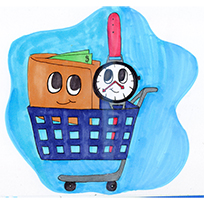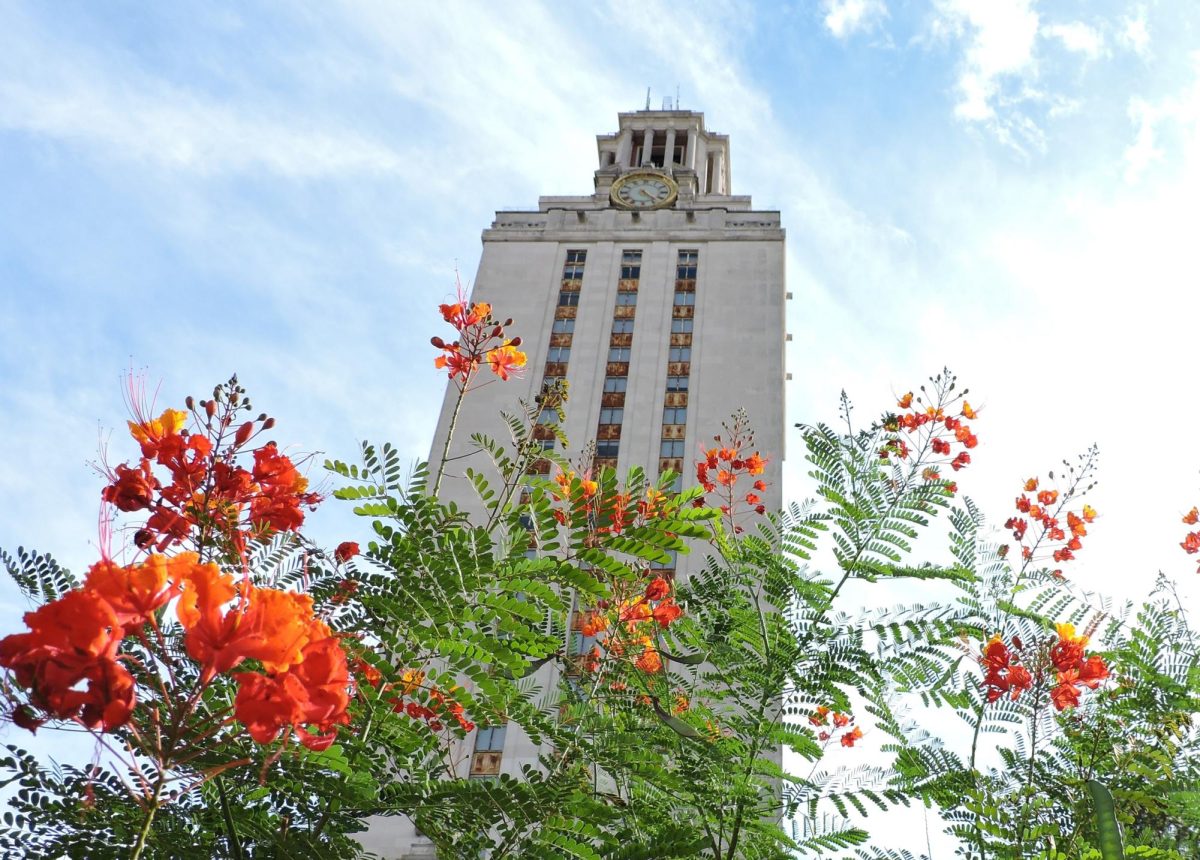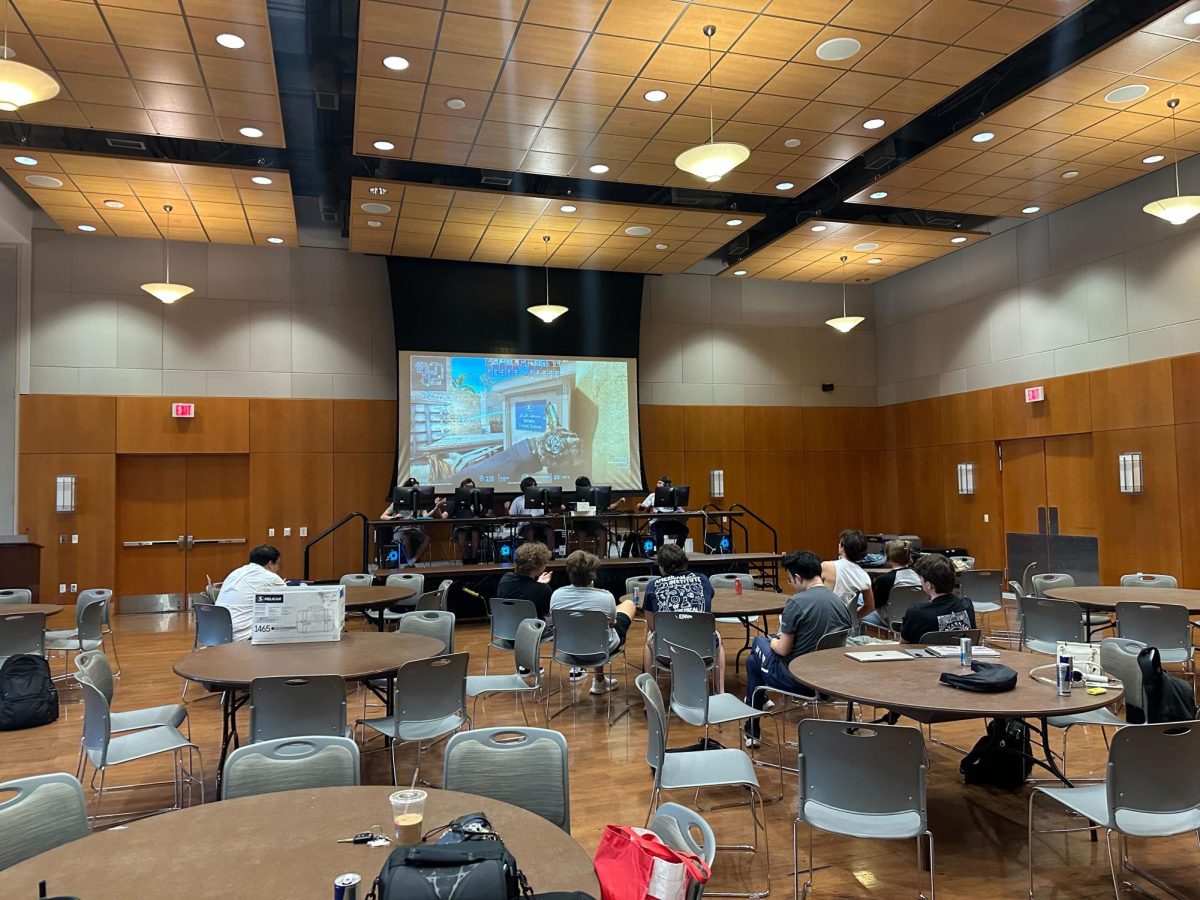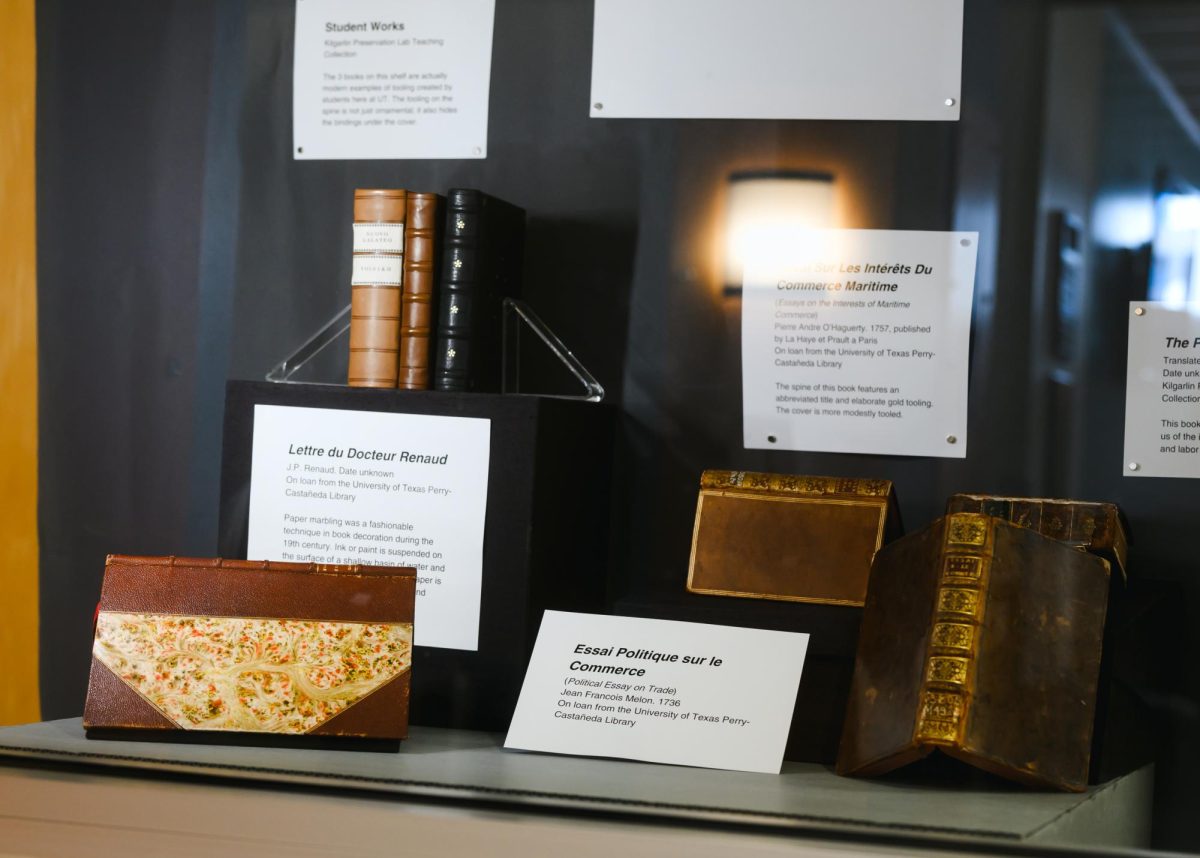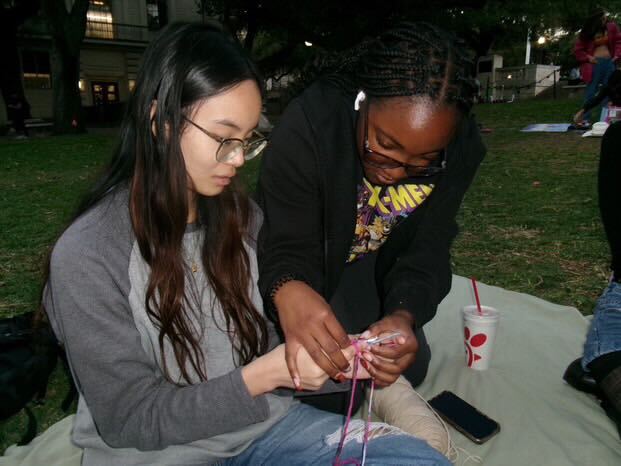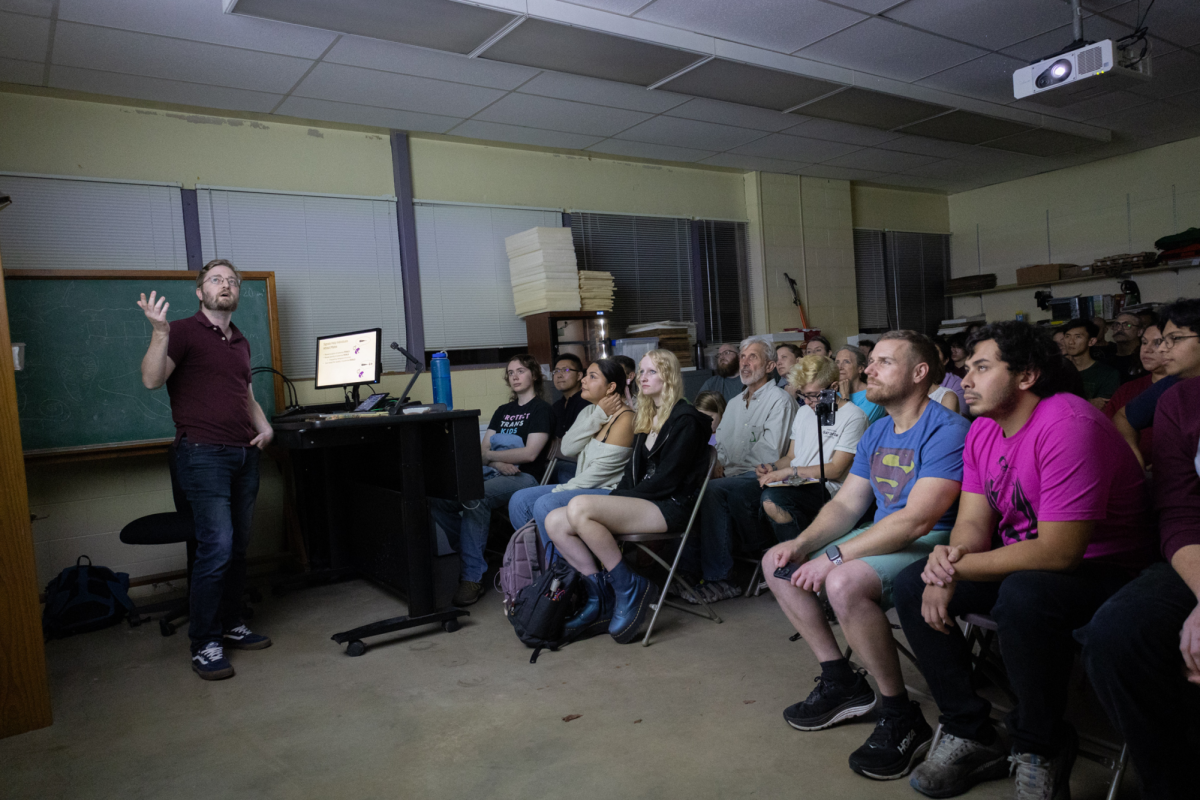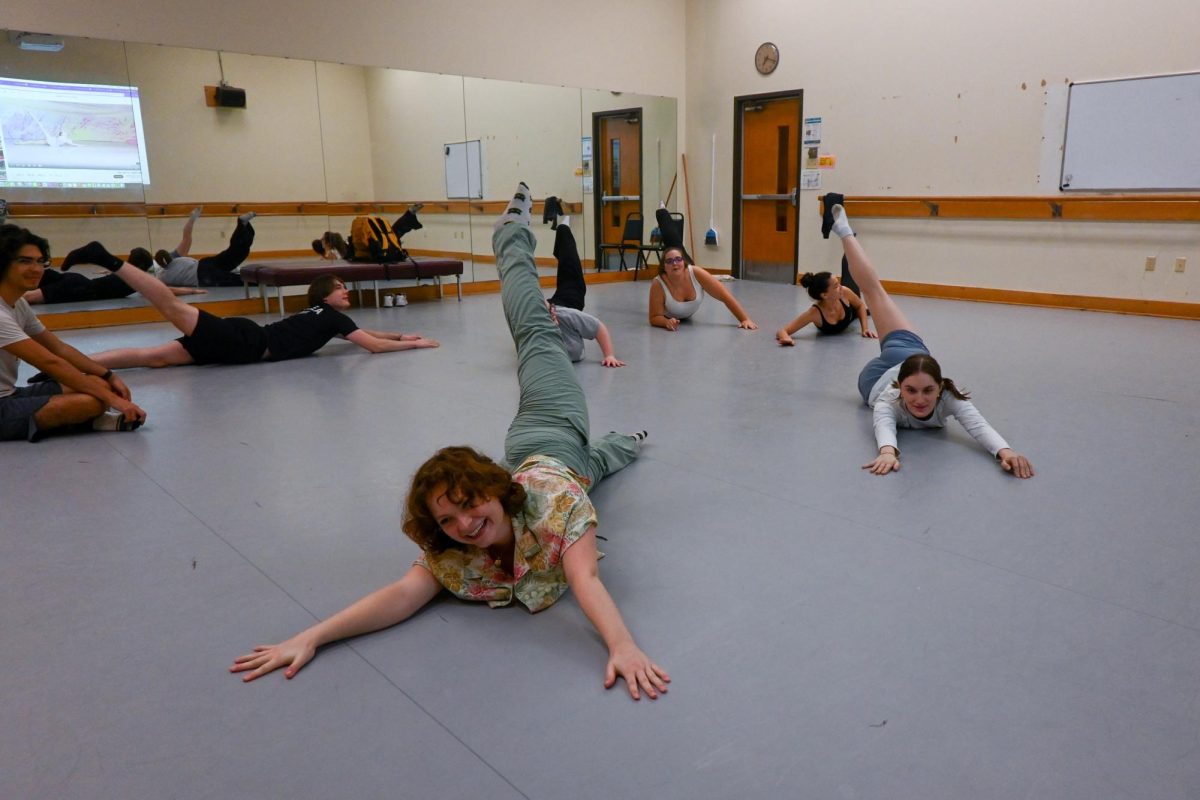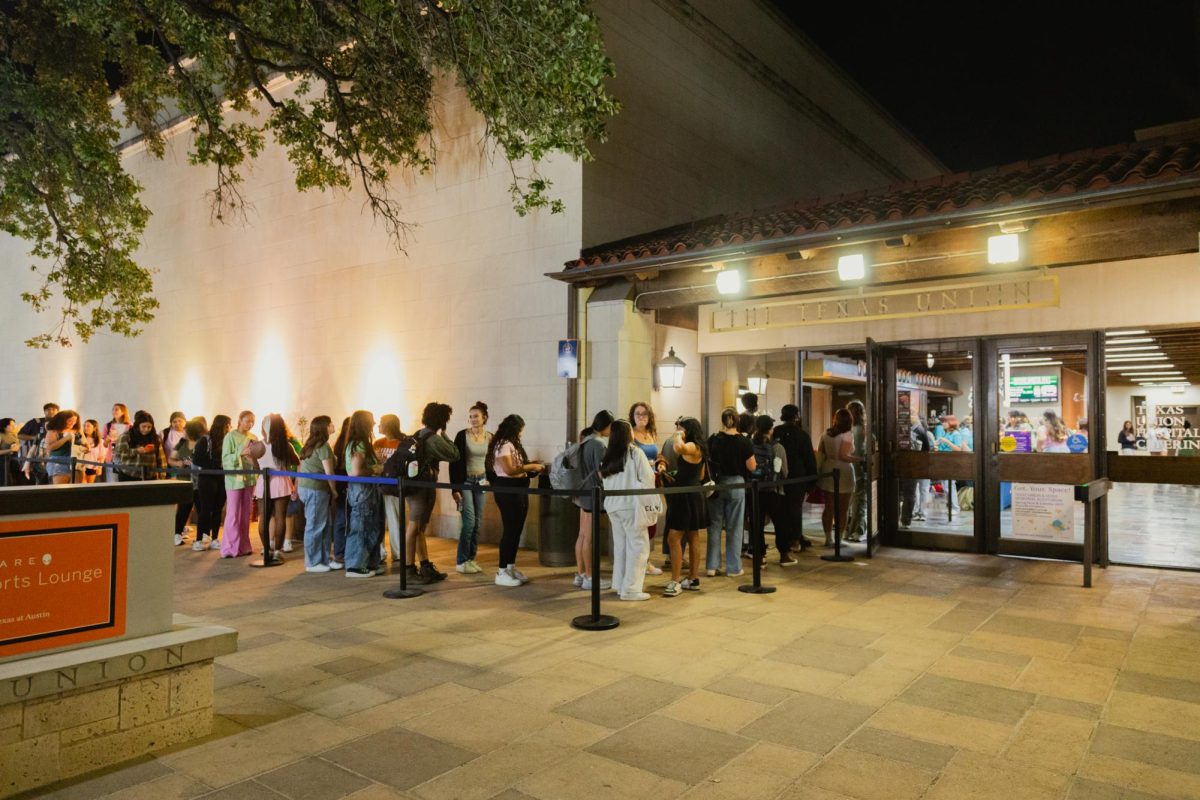In a world where virtually anything can be delivered to your doorstep in a matter of minutes, buying groceries through an app is the latest convenience at your fingertips.
According to a report by the Food Marketing Institute and Nielsen, the grocery delivery app concept of buying groceries is becoming more popular as 23 percent of American households are already buying food online today.
The trend is especially apparent in Austin, where Whole Foods and Amazon announced they’re offering free delivery in two hours with purchases of $35 or more. Favor, a popular mobile app, can deliver food in less than an hour with a $6 default delivery fee and a 5 percent to 9 percent processing fee for the cost of items, plus a $2.00 minimum tip. HEB also has a grocery delivery service with a fee ranging from $3.99 to $9.99.
Advertising senior Paloma Pedraza said she used Favor to buy makeup wipes after a long day.
“Some days, I just don’t feel like going to the store, especially when I’m at my apartment with my friends, studying or watching a movie, and need something last minute,” Pedraza said.
This situation is common among students, and the number will only grow. By 2024, online grocery shopping could be a $100 billion industry, and as many as 70 percent of consumers will be doing a portion of their food shopping through these services, Nielsen said. Using a service that will save you a trip to the grocery store seems enticing to busy working individuals and college students, but it doesn’t come without its drawbacks.
Despite the convenience, Pedraza said she only used Favor once. After trying it, she realized she would rather go the store herself because to her, there’s not much of a difference in the benefits.
“It’s a lot of work getting my account going and remembering my passwords and my payment, and then waiting,” Pedraza said. “It’s a simple process to get in your car, go to the store, plus you already know what you want.”
Plan II sophomore Annie Lyons said she isn’t interested in trying these services after hearing experiences from friends. Lyons said she doesn’t feel she’s missing out because she loves to cook and eat healthy, and that picking what she wants gives her peace of mind.
“The runners are grabbing multiple people’s items to be efficient and won’t see a bruise on an apple,” Lyons said.
Speech pathology senior Kelly Woodworth said she is eager to try grocery delivery but is waiting for a time when she doesn’t have time to go the store.
“I think this is a great option for college students who are busy and have a little extra money to spend on the added convenience,” Woodworth said.
Pedraza feels like the convenience these services advertise is lost when you live in an apartment. Having to guide the deliverer through directions and going downstairs to pick up her groceries are a turn-off.
“I like the individual experience of going to the store,” Pedraza said. “I can go to the store and leave without talking to anyone.”
Though Lyons found the idea of grocery delivery interesting, she said she doesn’t see online grocery shopping becoming the norm for college students any time soon.
“Most college students are living on a budget,” Lyons said. “These services are good for people who are working and don’t have the time but have the money.”

